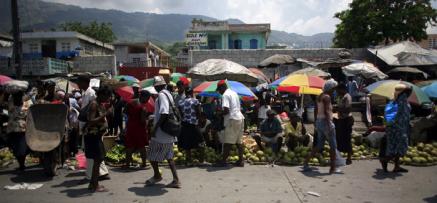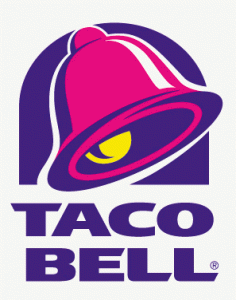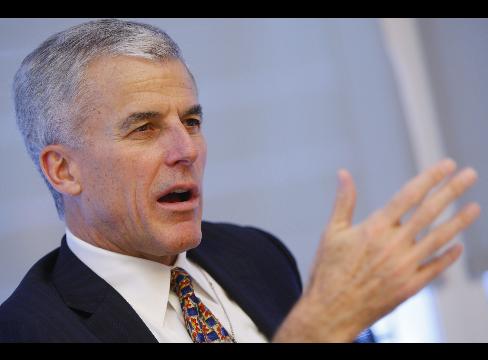Speculators blamed for driving up price of basic foods as 100 million face severe hunger

Giant agribusinesses are enjoying soaring earnings and profits out of the world food crisis which is driving millions of people towards starvation, The Independent on Sunday can reveal. And speculation is helping to drive the prices of basic foodstuffs out of the reach of the hungry.
The prices of wheat, corn and rice have soared over the past year driving the world’s poor – who already spend about 80 per cent of their income on food – into hunger and destitution.
The World Bank says that 100 million more people are facing severe hunger. Yet some of the world’s richest food companies are making record profits. Monsanto last month reported that its net income for the three months up to the end of February this year had more than doubled over the same period in 2007, from $543m (£275m) to $1.12bn. Its profits increased from $1.44bn to $2.22bn.
Cargill’s net earnings soared by 86 per cent from $553m to $1.030bn over the same three months. And Archer Daniels Midland, one of the world’s largest agricultural processors of soy, corn and wheat, increased its net earnings by 42 per cent in the first three months of this year from $363m to $517m. The operating profit of its grains merchandising and handling operations jumped 16-fold from $21m to $341m.
Similarly, the Mosaic Company, one of the world’s largest fertiliser companies, saw its income for the three months ending 29 February rise more than 12-fold, from $42.2m to $520.8m, on the back of a shortage of fertiliser. The prices of some kinds of fertiliser have more than tripled over the past year as demand has outstripped supply. As a result, plans to increase harvests in developing countries have been hit hard.
The Food and Agriculture Organisation reports that 37 developing countries are in urgent need of food. And food riots are breaking out across the globe from Bangladesh to Burkina Faso, from China to Cameroon, and from Uzbekistan to the United Arab Emirates.
Read moreMultinationals make billions in profit out of growing global food crisis






